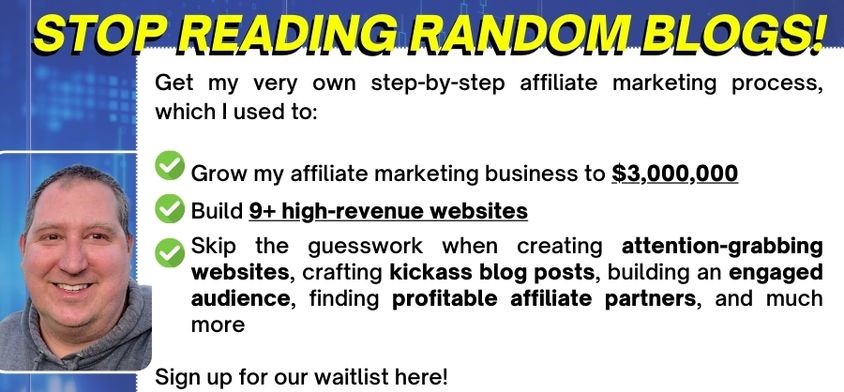Whether you are new to freelancing as a writer or have been blogging for a while, you probably have your eye on the Holy Grail of writing as a freelancer: getting in the door at magazines that are household names.
Vogue, Parenting, New Yorker, WebMD and other well-recognized names pay well, offer writers an aura of authority, and offer a path to the highest tier of freelance writing. There are hundreds of these magazines out there, and they all have involved readerships. What does it take to get your story into one of them?
There is no actual trick to get into the major magazines, of course — you need to get there one step at a time, improving in quality and gaining authority each day.
Your first step: get into custom publications and trade magazines
Whether it is airlines, fast food or construction, every industry has trade publications that need quality writing. It’s the same with individual businesses — whether it is the Waldorf-Astoria magazine, the American Way magazine or MDUK magazine (McDonald’s), they all need high quality articles, but not necessarily from well-known writers.
While they usually pay no more than 50¢ a word, they are an excellent way to get into magazine freelancing. There are thousands of these magazines around; you can find them on resource websites such as Tradepub.com and TheContentCouncil.org.
Your next step: write an excellent pitch
Whatever magazine you wish to apply to for a freelance opportunity, you need to go in with a pitch in the form of a query letter. In your pitch, you need to come up with an attractive, original idea for an article, and present an excellent argument in favor of how it is likely to appeal to the magazine’s readership.
If you’re writing for a fast food industry magazine, for instance, a piece about the problems faced by fast food franchises processing one of the new NFC payment methods could make sense. An in-depth piece for an airline magazine about how rewards programs at competing airlines let consumers down could stand a chance snagging an editor’s attention. It takes true, in-depth familiarity with each of these industries to come out ahead.
Learn to write for the magazine medium
It’s important to understand the needs of the medium. Magazine articles need to grab readers right from the get-go. The lede (magazine parlance for the lead paragraph) needs to start with a startling fact or statistic. Building up your idea for your lede in your pitch can be an effective way to show the editor that you’re serious.
Prove that you understand magazines
Editors greatly appreciate working with writers who understand how they are answerable to their employers. They need to justify every piece they publish as directly of interest to their readership. It’s important, then, that you research the readership of each magazine that you aim to be accepted at, tailor your article to it, and present in your pitch how well-aimed your article is.
Expand your horizons
Once you have a foothold in the magazine business by writing for trade and custom magazines, it’s time to move to a higher level. Dozens of new general-interest publications launch each year; being newcomers themselves, these magazines tend to be far more open to the idea of hiring untested writers than the established ones.
Much the same can be said about local publications. Since you know your community or hometown far better than outside writers who may be more established, you have the inside track. It’s a reasonable plan to personally approach local magazines, and pitch your ideas to them in person.
Read those writer’s guidelines
One of the surest ways of getting rejected is to pitch an idea to magazine without first familiarizing yourself with the nature of their requirements. Magazines tend to have well-defined ideas about the kind of articles that they will consider for publication. They tend to have specific audiences in mind and a specific writing style among other preferences. Being familiar with the stated requirements of each magazine can ensure a fair hearing.
Keep working on the online resources for freelance writers
Bid-to-work sites such as Elance or Upwork may seem like destinations for little more than $5 article writing work; they tend to feature high-paid magazine work as well, though. It’s important to keep an eye on them.
You should also consider building a presence on LinkedIn as an authority in your field. The greater the number of industry contacts that you have, the greater the chances are that you’ll find a way to write for one of them.
Finally, don’t forget foreign magazines
Nearly every country in the world has a few English language magazines. It can make a great deal of sense to apply to these. Not only will you find a great welcome for the simple reason that American writers are seen as exotic and salable, you’ll have little competition, as well — few American freelance writers target foreign magazines. You need to apply to these companies in the same way that you would to any American magazine — you need to read the writers’ guidelines at each magazine, and pitch an idea that makes sense for them.
In many cases, freelance writers, with their native familiarity of English, are welcome overseas in an editorial capacity. Having a native English speaker on board is usually considered a great asset. You could consult, in addition to writing for them.


